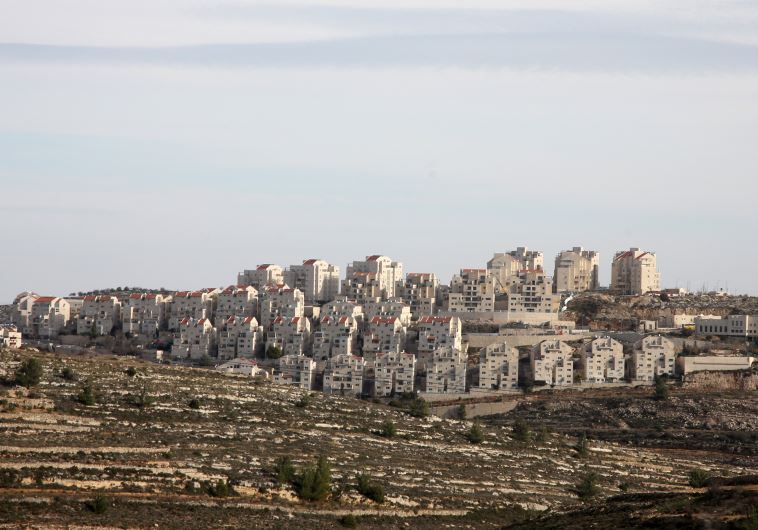A departure from the classic two-states-for-two-peoples formula
The Two States One Homeland initiative calls for open borders, freedom of movement, and cross-border residency and citizenship rights for all.
 Efrat settlement, West Bank(photo credit: MARC ISRAEL SELLEM/THE JERUSALEM POST)
Efrat settlement, West Bank(photo credit: MARC ISRAEL SELLEM/THE JERUSALEM POST)